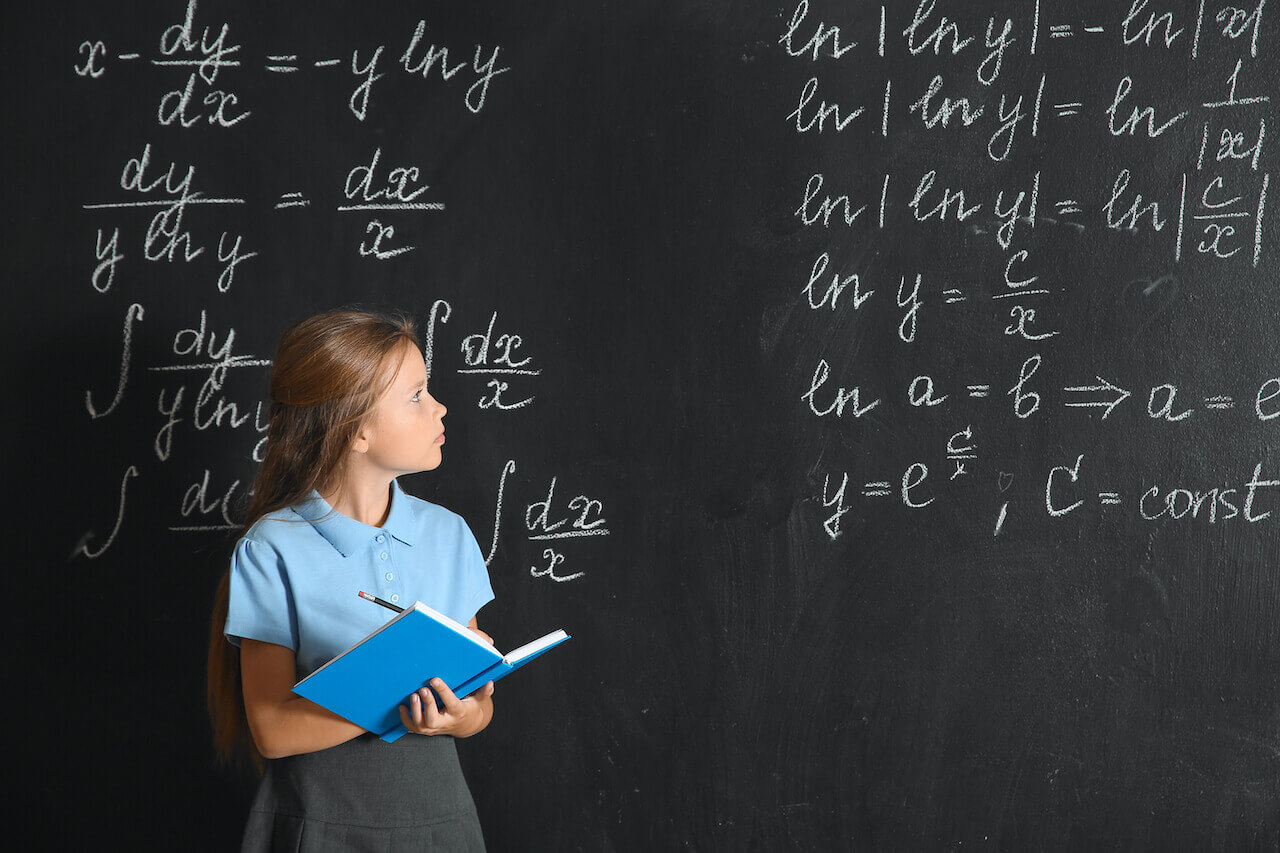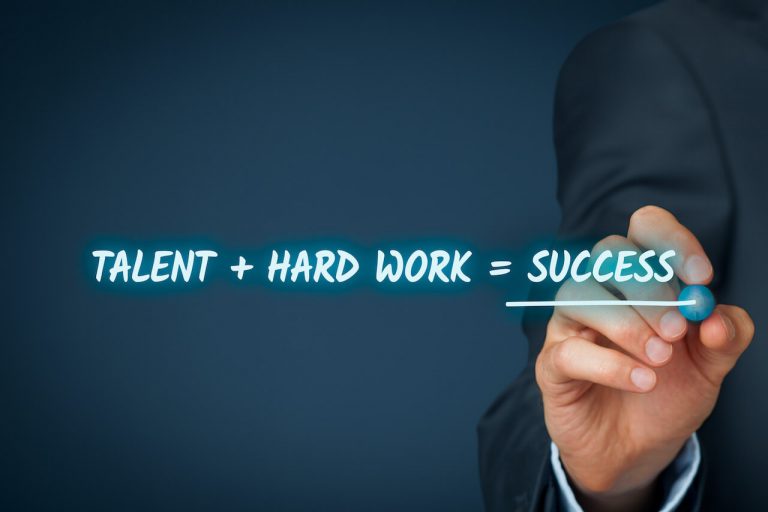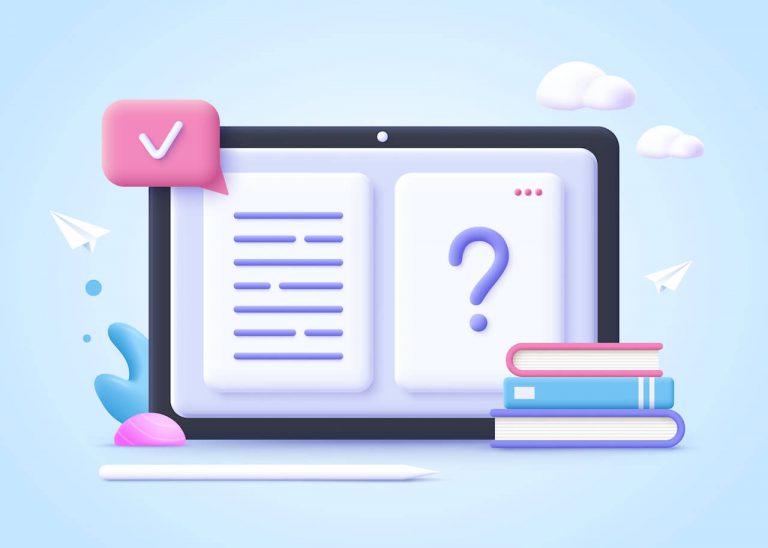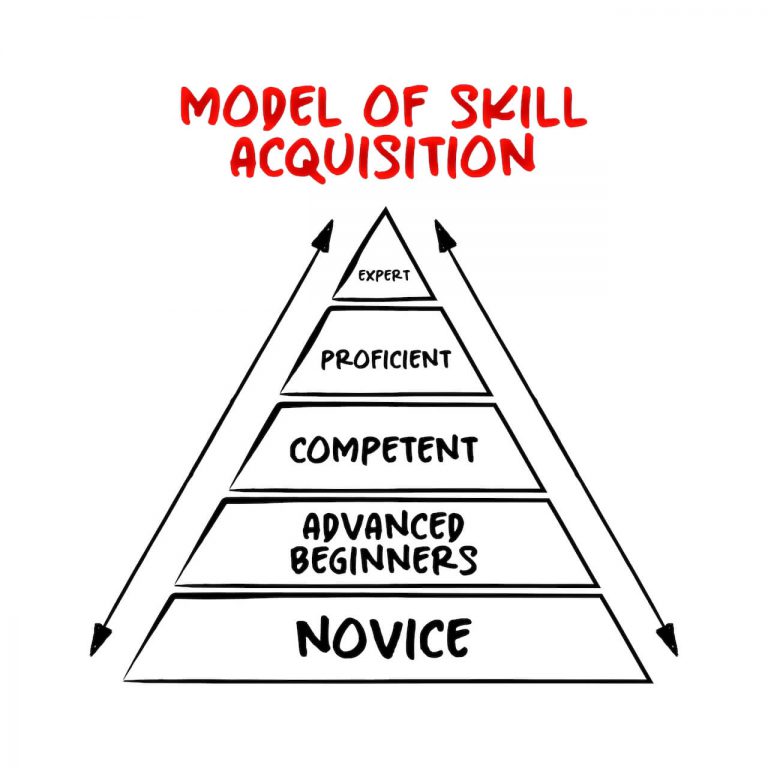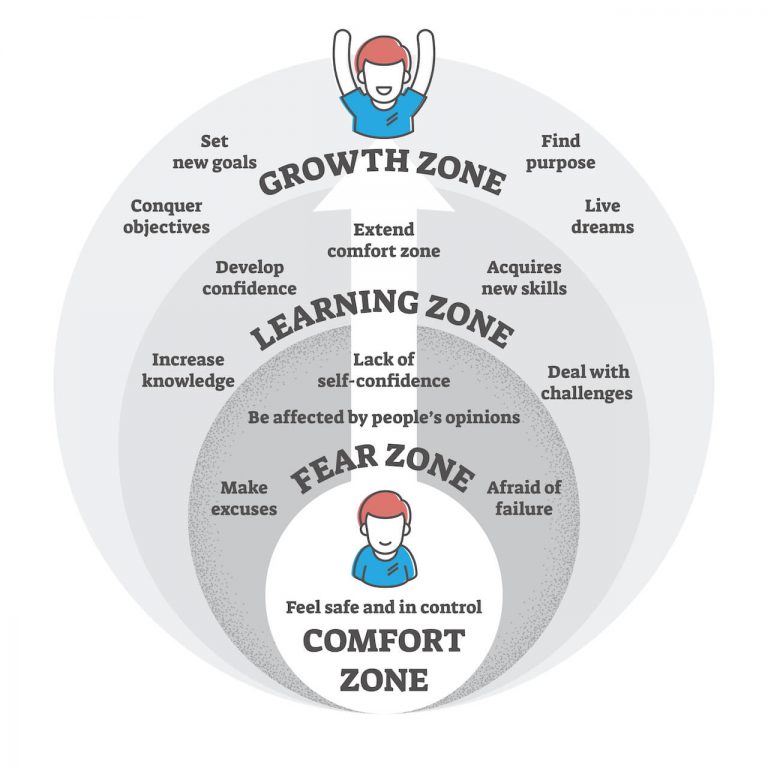The Secret Of How To Learn Math Faster
What’s it all about?
For some people, mathematics comes naturally to them. They look at a set of numbers and symbols, and it all makes sense instantly. For others, it all feels pretty daunting and complicated. If you find yourself struggling with math, we have some tips to help you learn.
Math is all about problem-solving, which is a great skill to perfect for all areas of your life. We come across difficulties almost every day. So, it is crucial to know how to analyze the problem and figure out how to solve it.
Starting to learn
Foundations
There are many areas of mathematics, such as algebra, geometry, and trigonometry. Before tackling any of these areas, go back to the basics and get a good grasp on the foundations. Spend some time focusing on addition, subtraction, and multiplication. Everything else will lead on from there, as these are the foundations to pretty much all equations.
You want to try and understand how these functions work, rather than just memorizing solutions. Many equations will be based on similar foundations so if you can understand how you came to a solution, this process can be applied elsewhere. Furthermore, it will make it much simpler when you come on to more complex equations if you can use these math skills to solve the problem.
Goals
It is a good idea to set yourself some goals so you know what you are working towards. If you are trying to focus solely on algebra, for example, don’t complicate things by trying to learn geometry and trig at the same time.
Focus on one area at a time so you can learn to a comprehensive level before moving on to the next area. Setting goals can help you track your progress and motivate you.
Environment
You need to find yourself a quiet, distraction-free environment for studying. If you want to learn math, you need to concentrate and give it all your attention. Avoid trying to study in front of the TV or around lots of people, as you will quickly become distracted and not be able to focus on learning math properly.
Similarly, you should try to stay off your phone! Quickly glancing at a message can easily turn into half an hour (or more!) on social media. But, again, this is not the way to learn and will slow down your progress.
An ideal place to learn math would be in a library. It is quiet, there are no distractions, and there are more resources for your learning if you need them.
Tips for school
Attend class
Math might be your least favorite subject, and the idea of math class is terrifying. If this is the case (or even if it isn’t), the answer is to confront this fear and go anyway! Ensuring you attend every math class is vital if you want to learn math fast.
If you miss just one class, you could miss several math problems that build on the foundations you are trying to grasp. This will set you back and make learning math even more confusing. Especially if a situation requires specific skills to answer that you haven’t yet learned.
Go over it again and again
There is a reason your teachers give you homework and it’s not just to torture their students! Reapplying the knowledge you have learned in the class is the best way to ensure you have absorbed these skills.
Practice does make perfect. The more you do, the more you will understand.
Try to go over the math concepts you learn in class as soon as you get home, so they are still fresh in your memory. This will help you retain the information.
Then, be sure to complete the homework you have been set, utilizing the new skills you have learned. This will solidify your knowledge and help you apply it to other math problems.
Get some help
Unfortunately, not all students can get on with their teacher’s method of teaching mathematics. All teachers use different methods and students all have different learning styles. Or sometimes, the teacher is going too fast for you to fully understand and keep up with the lesson.
If you struggle to learn math at school, you could get help from a tutor. They might be able to use a different style to solve math problems that make more sense to you. It is essential to grasp the subject before moving on to the next problem to learn math fast.
Bitesize chunks
When you try to find the answer to a math problem, breaking it down into smaller chunks can be helpful. Go through each aspect of the problem and solve as much as possible. You might find you can reach the answer like this.
Or, if you still struggle, you can show the chunk you don’t understand to your teacher. If they can see exactly which aspect of the equation you are working with, they can help to guide your learning to focus on where you are getting stuck.
Teaching yourself
Know the concepts
As mentioned, learning math is about understanding the foundations and fundamental concepts and applying them to different problems. It won’t help you learn math fast if you skip over things you don’t understand. Take your time reading math problems, so you know what it is asking you to do.
Don’t overcomplicate it! If, as you’re reading, you think it seems simple, then maybe it is! Perhaps you have gained a good understanding of this style of problem, or you just instinctively know how to find a solution. Whatever the reason, don’t question it and try to make it more complex than it is. You’ll see if you haven’t applied the right working out.
Once you have a good grasp of the concept, you can apply this same process to several other problems.
Practice
Practice, practice, practice! The more equations you solve, the more sense it will make to you. The best way to learn math fast is to go over a concept until it makes perfect sense to you. And then regularly return to it and practice, to solidify these skills.
Ensure you do all of your homework, go over the problems you learned in class, and just keep practicing. It’ll soon become second nature and math may even become your new favorite subject!
Learn from mistakes
Making mistakes is an essential part of learning. It is the best way to figure out how not to do something! It can also help your brain make sense of things better by going over them again in a different way to find a more suitable answer.
Math is not just about the answer but how you got there. Seeing how you work things out can also help you learn better strategies, particularly if you struggle to get it right.
For example, say you continuously get the answer wrong on a particular style of problem. Go through your working out slowly to try and spot where you are going wrong. You might find that it is the same part of the solution that you aren’t doing each time correctly. You can then work solely on that aspect by finding the missing link. Spending time perfecting this particular aspect will ensure these skills are retained.
Math is just problem-solving. So, if you don’t get it right the first time, just follow your step-by-step process to find a solution until you figure it out. Understanding where you have gone wrong will help you solve these types of problems in the future.
Ask for help
It is okay to ask for help! Someone can help if you are struggling with a concept, or just want to clarify that you’re doing something correctly. Your teacher will happily spend time going through this with you, as you are showing them that you want to learn and understand the best you can.
Alternatively, you could go through your solutions with other students to check if you are all using the same methods. Remember, you want to understand different math concepts as best you can, so utilize any available resources!
Learn math fast
Use technology
There are so many websites offering help with maths and other subjects. Some have to learn tools, games, or videos to help you learn. They use simple language that is easy for anyone to understand and have options for choosing different levels of math ability. There are many websites available and are easily accessible to anyone. Have a search around online to see what suits your learning style.
Alternatively, you could find an online tutor. Many people offer online tutoring services for varying costs. These can be useful if you struggle to understand in class or want specific help with particular examples. Again, search for a tutor that will suit your needs and is within your price range.
Apply it to real examples
It can be easier to retain information if you apply it to real-life examples. Many people say, “why am I learning math; I’ll never use this in the real world!” But the likelihood is that they will. Try solving problems such as:
- how far can I drive with a full tank of petrol?
- How much can I spend each day if I want to apply a weekly budget?
These two examples are very applicable to real life and can help you practice your math skills and provide valuable answers.
Write things down
Rather than trying to solve a problem in your head, write it down. It can get confusing if you do it all in your head and will make it more likely that you will make a mistake.
Write down the problem and your workout as you go through it. Seeing it all on paper in front of you will help you make sense of it and might remind you of a valuable method for finding the answer.
Write reminders
If you want to learn some helpful shortcuts and math functions, try writing them on post-it notes and sticking them all-around your house. Each time you walk past a post-it, you can remind yourself of this knowledge and it will become ingrained quicker.
Tricks for fast math
Adding big numbers
To add two big numbers together, it can be helpful to round them up.
For example, let’s try 257 + 726
We can round these numbers up to 260 and 730, making the sum equal to 990.
Now work out how far you rounded up so;
260-257 = 3
730 – 726 = 4
3 + 4 = 7
Now we must subtract 7 from 990 to give us our answer, which is 983
So, 257 + 726 = 983
Multiplying by 5
If you want to multiply an even number by 5:
Half the number and add a 0 after it.
For example 8 x 5
Half of 8 is 4, then putting the 0 after the 4 gives you 40
So, 8 x 5 = 40
If you want to multiply an odd number by 5:
Minus 1 from the number, half it, and then add a 5 after it.
For example 7 x 5
7 minus 1 is 6
Half of 6 is 3
Putting a 5 after the 3 gives you 35
So, 7 x 5 = 35
Multiplying numbers ending in 0
Multiply the numbers together that are not 0, then add the zeros back to the end
For example 300 x 6000
Removing the zeros leaves 3 x 6, which is 9
There are two zeros in 300 and three in 6000 so add five (2+3) zeros after the 9
So, 300 x 6000 = 900,000
Tips for learning percentages
Percentages can be tricky so it is a good idea to try and get your head around how to work out basic percentages.
10% of a number requires just dividing the number by 10
So, for example:
10% of 248 is 24.8
5% is just half of 10%
So, 5% of 248 is half of 24.8 = 12.4
25% is a quarter of the number
So, 25% of 248 is 62
Practice
Hopefully, you can use these tips to help you learn math quickly. If you can make some of these ideas part of your daily routine, you will be a maths genius in no time! So go ahead and get practicing!
